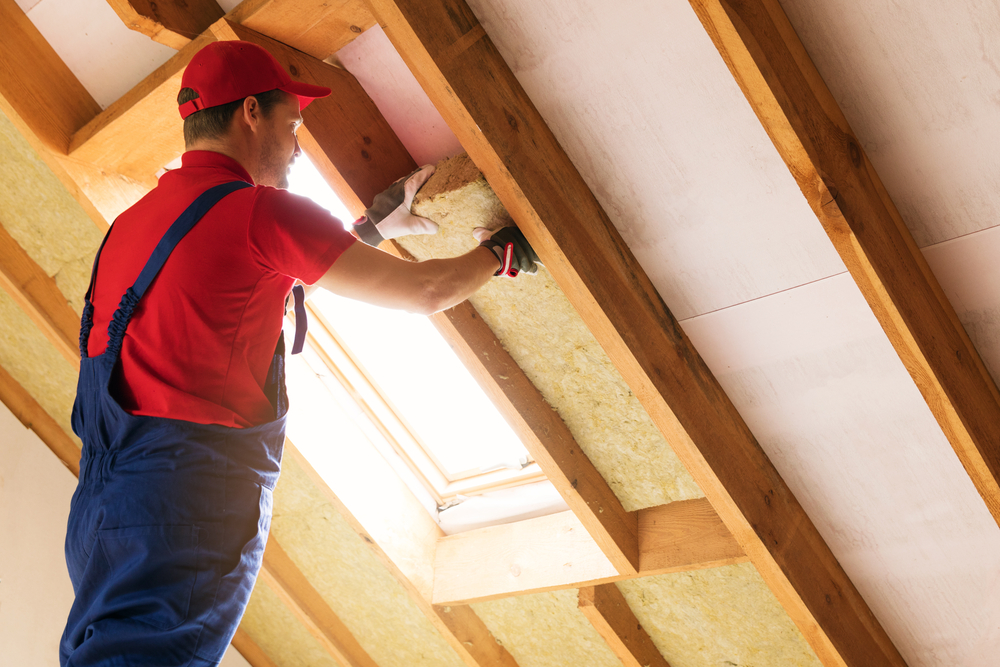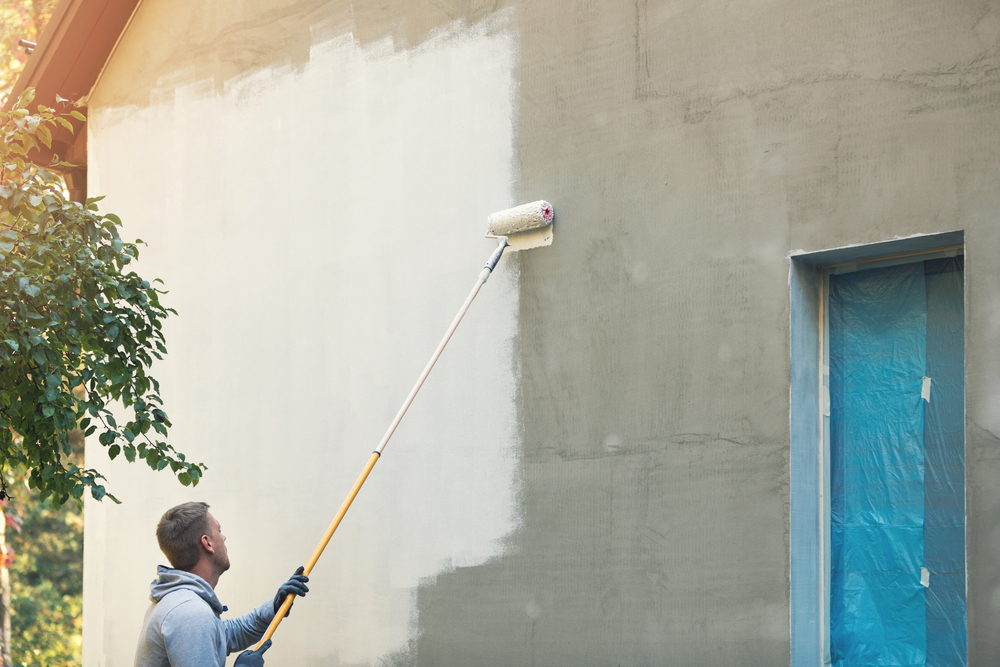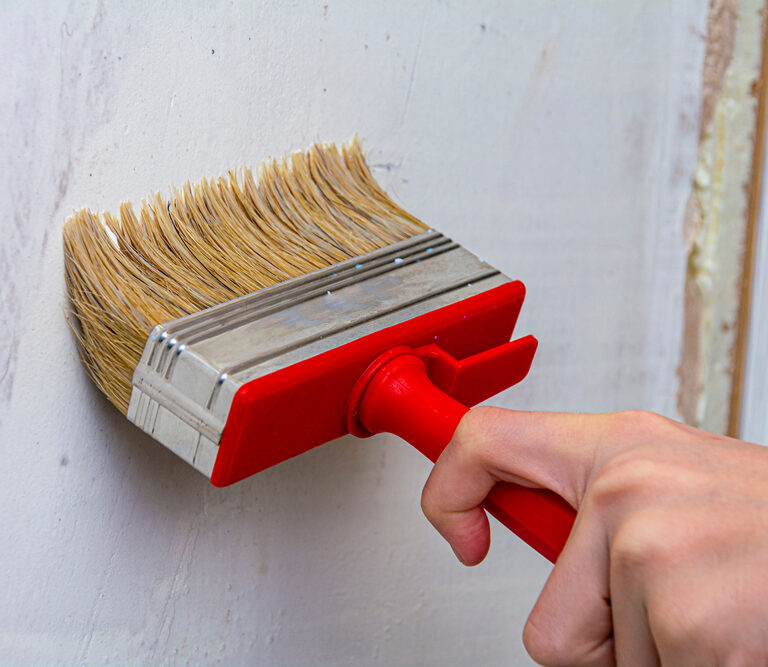Energy costs these days are increasing year-on-year. So, it isn’t too surprising that more of us are looking for ways to reduce them. One popular solution is to improve your home’s insulation. Preventing loss of heat through ceilings and walls can yield significant savings —perhaps not in the short-term, but certainly in the long-run.
Insulation certainly offers a host of benefits. Insulating roof spaces and cavity walls are just two ways to improve your property’s energy efficiency. There are other options too, from using thermal lining papers to fixing insulation panels onto walls that face the exterior of your home. However, all of these options involve some major disruption and expense.
It’s no wonder, then, that the concept of insulating paint has caught on. Claiming to reduce your home’s heat loss by as much as 20%, it’s easy to see why so many homeowners are keen to try it out. So, what exactly is insulating paint, and does it work? Read on to learn more.
What Exactly Is Insulating Paint?
Traditional insulation is installed inside a building. It usually involves 50mm of insulating wool or 25mm of PIR boards, or an even thicker insulating layer. Since fitting insulation into the walls of your home will reduce your room size, insulating paint appears to be an excellent substitute.
Thermal insulating paint appeared in the energy saving marketplace as long ago as the 1990s. Since that time, more companies have introduced their own similar products, keen to exploit insulating paint’s attractive potential.
Insulating paints are made of hollow ceramic or honeycomb balls, which are designed to stop heat from transferring through walls. When this paint is applied to the surface, heat is prevented from leaving the room, and this means that it takes less time to heat the room and the heating doesn’t need to be kept on for so long.
What Is the Theory Behind Insulating Paints?
Like the majority of other thermal insulating materials, an insulating paint works on the principle of trapping air to reduce heat transfer speeds. When you apply any type of paint to your home’s walls, you are increasing your house’s insulating properties.
However, thermal insulation paint takes those properties to a new higher level. This is achieved by adding hollow tiny beads (technically known as “Hollow Ceramic Microspheres”) into a standard paint. Some insulating paints are pre-made in a factory, while others come as a powdered additive which can be added to any regular paint by the buyer.
When you apply thermal insulating paint onto your home’s interior walls, the theory is that the heat trying to escape from the room will be trapped by the hollow ceramic microspheres. The tiny ceramic beads —which are no larger than a single grain of flour— form a thin, yet tight vacuum layer which deters cold or heat from entering or exiting the room. A vacuum can hinder thermal properties, so this will keep your room warmer for longer and will require you to use less energy to heat up your home. You will already have seen this in practice in your home in your double glazed windows, which feature a vacuum layer in-between their glass panes.
How Do Insulating Paints Compare With Standard Insulation?

Traditional insulation works by reducing the speed of heat movement through the insulating layer. It’s usually true, therefore, that a thicker insulation material will slow the heat movement down more effectively than a thinner material. As a result, your heating system won’t need to work so hard, since there’s no need to replace so much lost heat.
It’s relatively easy to measure insulation, since every material has its own thermal conductivity value. This value shows the speed at which heat can be transferred through it. This means that a wall of solid brick with a layer of insulation has its own ”U-value” which is calculated by taking into account its thermal conductivity, as well as its thickness.
Although it’s possible to easily measure savings in terms of heat and costs when using traditional insulation, it isn’t possible when you use insulating paint. This is because “R values” (how well a two-dimensional layer resists the conductive flow of heat) cannot be measured on any material under 1” in thickness. Clearly, painting your walls to at least 1” thickness is not feasible, so insulating paint cannot easily be compared with regular insulation methods.
Do Insulating Paints Work?
The jury is still out as to whether or not insulating paints work. While their manufacturers report that their customers are very satisfied and there are many positive testimonials online, there are no official studies to prove the effectiveness of insulating paint one way or the other.
In general, the EPA (Environmental Protection Agency) doesn’t recommend the use of insulating paints instead of regular insulation methods. This is because no independent studies have yet been produced to verify the insulating qualities of these paints.
Although the EnergyIdeas Clearinghouse has found that insulating paints, under the perfect circumstances, can reduce heat gain by around 20% on a freshly-painted sun-exposed wall, there are several caveats to these findings. Firstly, those walls are only going to be exposed to direct sunlight for a short part of even the brightest summer’s day. Furthermore, the painted surface’s reflectivity will decline considerably over time.
Essentially, claims that insulating paints can reduce the transfer of heat dramatically are typically based on NASA’s technology. Yet, while those products may work well in the extreme conditions found in outer space, they aren’t proven to work equally well in our natural environment. Just because a coating has proved to be effective within certain environments doesn’t necessarily mean that those benefits will be transferred into domestic settings.
Since no recognized European or international standard exists to measure a paint coating’s insulating properties, anyone who chooses to use one in their home is taking a chance on the manufacturer’s claims being true.
Is Using Insulating Paint Pointless, Then?
Although there is no solid evidence to prove that insulating paints work effectively to reduce heat loss and slash your energy bills at home, that doesn’t necessarily mean that there’s no point in using it on your walls. For some applications, using insulating paint on your walls may still help to reduce your energy bills. This is the case if you’re using it in conjunction with regular insulation methods.
A layer of insulating paint is an excellent addition to an already well-insulated room. If you already have cavity wall and roof space insulation in place as well as double or triple glazing, an additional layer of a good-quality insulating paint from a reputable manufacturer on your interior walls could help to reduce your cooling and heating costs still further.
There is also another useful application of insulating paint —on the exterior walls of your home. Not only can you find interior insulating paint, you can also find insulating paints that have been designed specifically for use on the outer walls of the home. These paints are a good solution if you have no cavity wall in your property and don’t want to lose any space inside your home by adding a thick layer of insulation to your inner walls.
How Does Exterior Insulating Paint Work?

Exterior insulating paint is designed to protect the outside walls of your home from moisture penetration. Since dry walls always have lower thermal conductivity, less heat will be lost overall. There are other advantages to using this type of paint on your exterior walls, too:
- When exterior walls are coated with insulating paint, they stay fully breathable, so water vapor can escape. This drives out damp, so condensation is prevented.
- Exterior insulating paints also have unique hydrophobic properties. This means that dirt particles are unable to attach easily to the wall and water will bead up then run down it, so the masonry remains clean. As a result, exterior walls are easier to clean.
- With a layer of insulating paint on your outer walls, there’s no need to have any worries about wind, snow, or rain damage. The coating will keep the walls well-protected from the hottest and coldest temperatures, so they stay secure and safe from harm.
Exterior insulating paints come in several styles and colors, so you’re sure to find the look that you’re going for to boost your property’s curb appeal.
Final Thoughts
If you’re considering using insulating paint on your home’s walls, you’ll need to weigh up the pros and cons. Overall, it’s certainly worth using it on your exterior walls, particularly if you have no cavity wall insulation. It may also be worth using it on your interior walls too in conjunction with good-quality traditional insulation methods.
